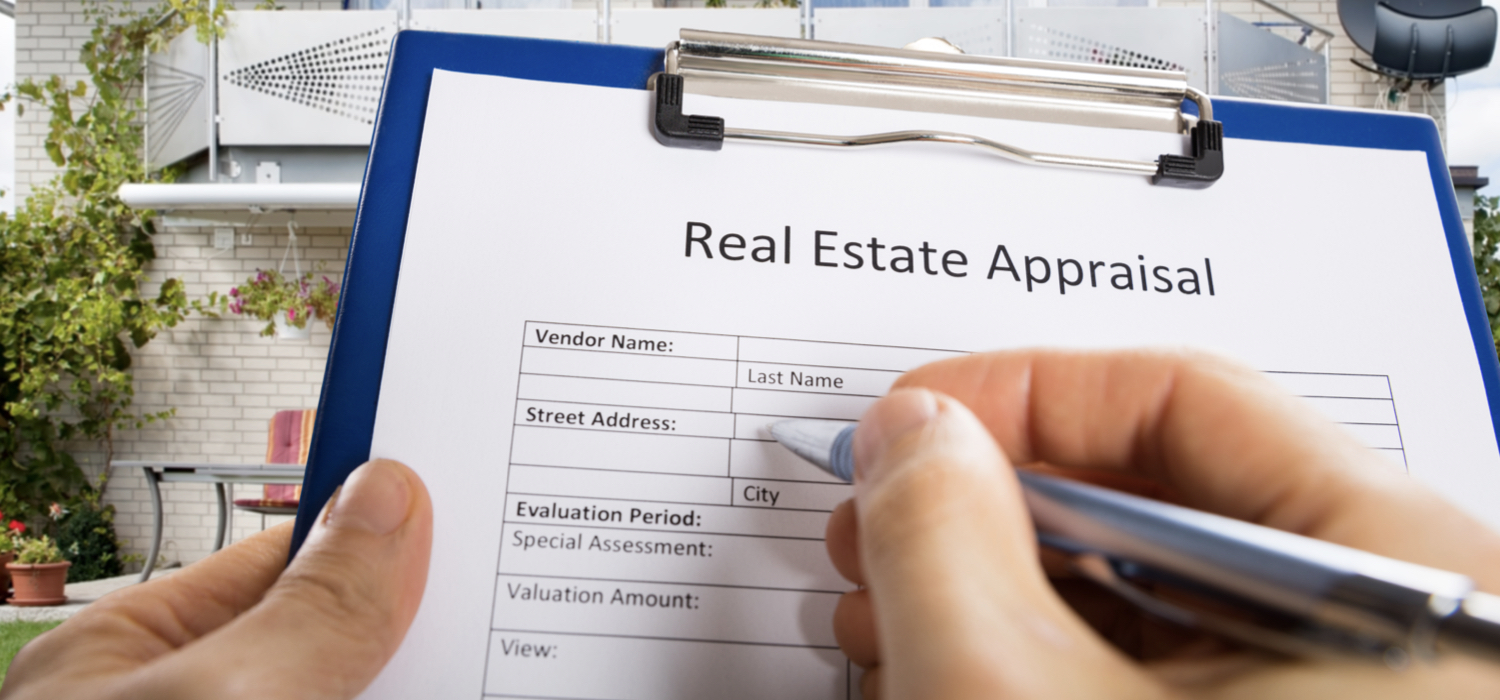2025 is the year to watch for numerous reasons. An incoming presidential administration, the trajectory of inflation, and economic growth or retraction–each contributing to older American’s retirement experienceHere are three things that retirees will want to watch for in 2025.
Continue readingExpert Advice About Reverse Mortgages? Not so much.
Expert advice about reverse mortgages in the media is often misleading and downright inaccurate. Here’s a recent example…
Continue readingHere’s why homeowners may be overconfident in their retirement preparedness.
Despite having pension plans a majority of surveyed public employees are worried they won’t have enough money for retirement.
Continue readingSurvey shows public employees worried they won’t have enough money to last in retirement
Despite having pension plans a majority of surveyed public employees are worried they won’t have enough money for retirement.
Continue readingHow to Uncover the Social Security Time Bomb
It’s common for retirees seeking to secure their financial future to encounter these three retirement threats. Here’s how a HECM (Home Equity Conversion Mortgage) could help solve these common retirement problems.
Continue readingHomeowners Insurance: The New Mortgage Payment for Retirees
Homeowners insurance premiums are quickly becoming the new mortgage payment for many retirees. Here’s why.
Continue readingIs it a Trap to Retire with a Mortgage?
44% of Americans 62 and older are still making a mortgage payment. Is retiring with a mortgage a trap? Here’s what the experts say…
Continue readingHow to Effectively Engage Financial Advisors
How can reverse mortgage professionals more effectively engage with financial professionals? Our special guest shares strategies and one one tool that may help.
Continue readingSince 2010 Social Security Benefits Have Lost 20% Buying Power
How have Social Security benefits kept up with inflation? With 97 percent of older adults (aged 60 to 89) either receiving Social Security or will it’s imperative to measure the impacts of inflation against Cost of Living Adjustments
Continue readingAppraisal bias protections and the HECM
Appraisal bias protections are extended to HECM applicants who may request a…
Continue reading







